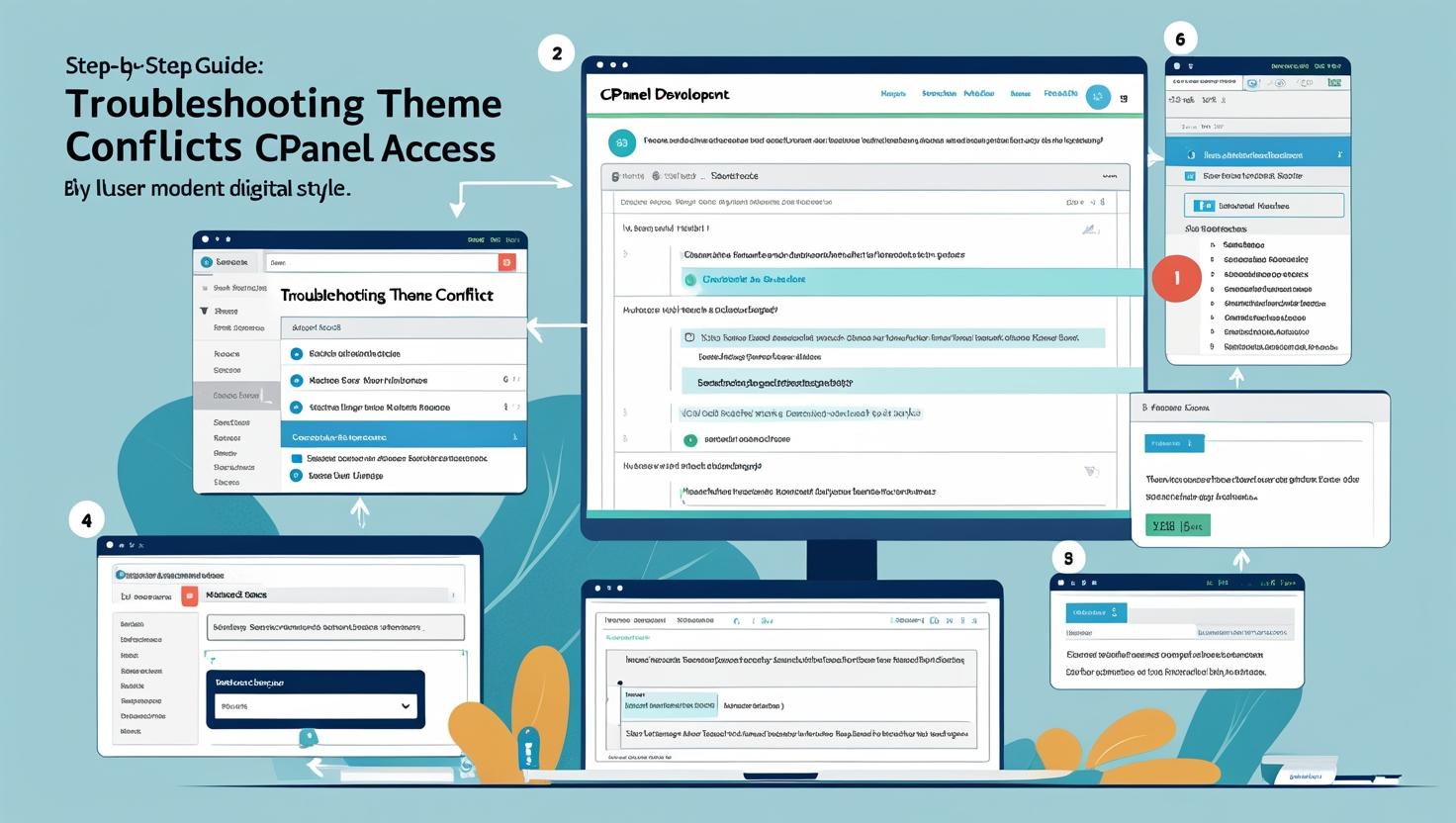
How to Troubleshoot Theme Conflicts Using cPanel Access
How to Troubleshoot Theme Conflicts Using cPanel Access
Theme conflicts in WordPress can cause display issues, errors, or site crashes. If you cannot access your WordPress dashboard, cPanel offers powerful tools to diagnose and fix these problems. This detailed guide shows you how to troubleshoot theme conflicts using cPanel.
What Is a Theme Conflict?
A theme conflict occurs when your active WordPress theme conflicts with plugins, WordPress core, or server settings. This can result in broken layouts, white screens, or error messages.
When to Use cPanel for Troubleshooting
If your WordPress dashboard is inaccessible due to a theme issue, cPanel gives you file-level control to disable the theme or plugins and fix the problem without needing WordPress admin access.
Step 1: Log in to cPanel
Access your hosting control panel by navigating to https://yourdomain.com/cpanel and entering your username and password.
Step 2: Open File Manager
From the cPanel dashboard, click on File Manager under the Files section to manage your website files.
Step 3: Navigate to Your WordPress Themes Folder
Locate your active theme folder at:
public_html/wp-content/themes/active-theme-folder
Note: Replace active-theme-folder with the folder name of your currently active theme.
Step 4: Disable the Active Theme
To disable the active theme and force WordPress to revert to a default theme (like Twenty Twenty-Three), rename the active theme folder:
- Right-click the theme folder and select Rename.
- Add
-disabledor another suffix to the folder name, e.g.,mytheme-disabled.
WordPress will automatically activate a default theme if the current one is missing.
Step 5: Check Your Website
Visit your website to see if the issue is resolved. If the site loads correctly, the problem was with the theme.
Step 6: Troubleshoot Plugins (Optional)
If disabling the theme doesn’t fix the issue, plugins might be causing conflicts:
- Navigate to the plugins folder at
public_html/wp-content/plugins/. - Rename the
pluginsfolder to something likeplugins-disabledto deactivate all plugins. - Check your site again.
- If resolved, rename the folder back to
pluginsand deactivate plugins one-by-one from the dashboard to find the culprit.
Step 7: Restore the Theme Folder Name
Once you’ve identified and fixed the problem, rename your theme folder back to its original name to reactivate it.
Additional Tips
- Backup before changes: Always create a backup of your site before renaming folders or editing files.
- Check error logs: Review server error logs via cPanel for clues.
- Contact support: Reach out to your hosting or theme support if problems persist.